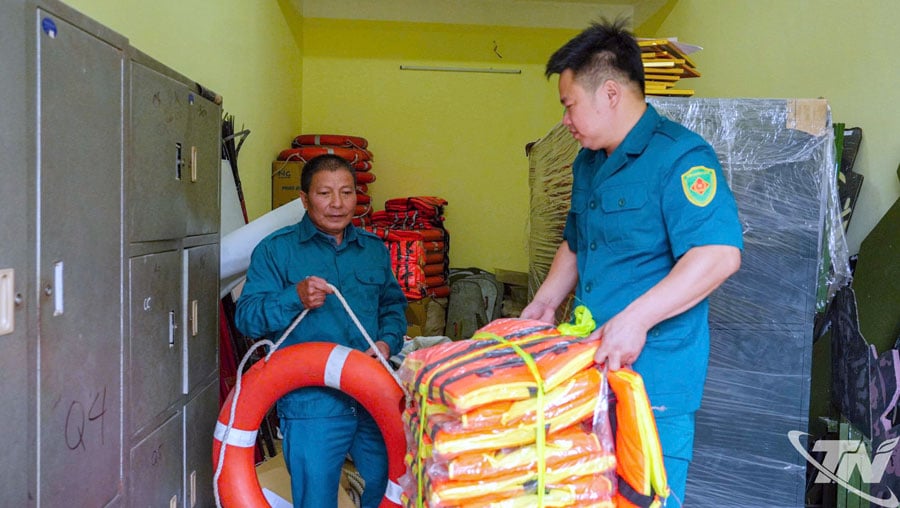 |
| Authorities have prepared adequate means and equipment to respond promptly to situations caused by natural disasters. Photo: TL |
Climate change has caused the frequency and intensity of extreme events such as flash floods, storms, droughts and hail to become increasingly frequent and severe. According to statistics from the authorities, in 2024 alone, Thai Nguyen recorded 5 major natural disasters, causing damage to houses, crops and infrastructure works worth hundreds of billions of VND.
There is a paradox that despite the existing damage, many people are still not really proactive in response work. There are still many cases where responding to natural risks is considered the responsibility of the government and specialized agencies. The issue of securing houses, checking roofs, and cleaning canals before the rainy season is still lax; tree trimming and checking vulnerable points are not given due attention at the household and community level.
In fact, localities such as Thai Nguyen have been doing a good job of early warning, propaganda and annual disaster prevention and control drills. Meteorological forecasts are continuously updated on digital platforms, grassroots radio systems and social networks. However, if the information does not reach the people, or if it does reach them but is not put into specific action, the prevention and control work will still be passive and ineffective.
The question is how to get each citizen to truly “get involved”, moving from a passive mindset to proactive response during the storm season? This is not just a technical or organizational issue, but a story of awareness, community education and concrete, practical support from the government to the people.
In recent times, many communes and wards in Thai Nguyen province have focused on building safe communities against natural disasters. Specifically, the establishment of disaster prevention and control teams in villages, the development of flood response scenarios, and specific assignments for each household in evacuating people and property in case of bad situations. The models of "safe houses", "safe schools", "safe communities" ... have gradually become effective.
To make these models substantial and sustainable, a long-term strategy is needed to raise public awareness.
Minimizing the damage caused by natural disasters cannot be limited to slogans or plans, but must be a regular, specific task that is closely linked to life. From planting windbreak trees, dredging sewers, reinforcing houses to participating in training sessions and response drills, all require the real participation of the people.
Natural disasters cannot be prevented, but risks can be reduced with careful preparation. Proactive response from individuals and communities is the most effective way to limit damage caused by storms. Because safety does not depend on luck, but on awareness and timely action.
Source: https://baothainguyen.vn/xa-hoi/202507/thien-tai-khong-ai-la-khan-gia-a0a0dfa/


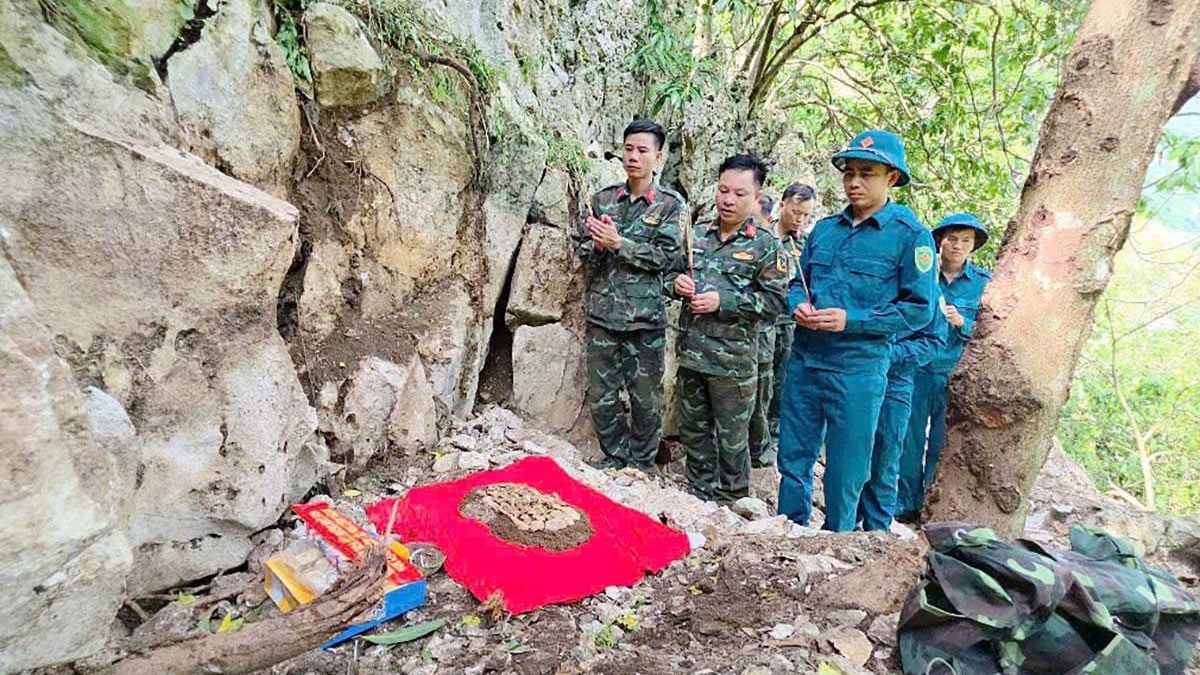
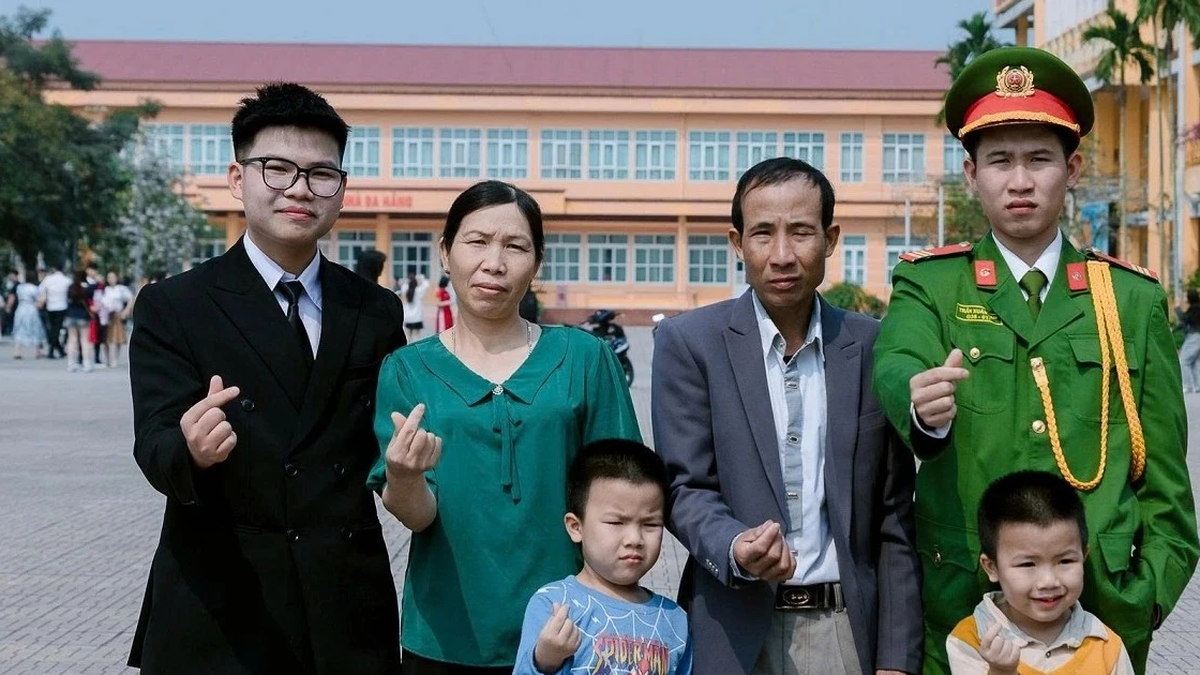
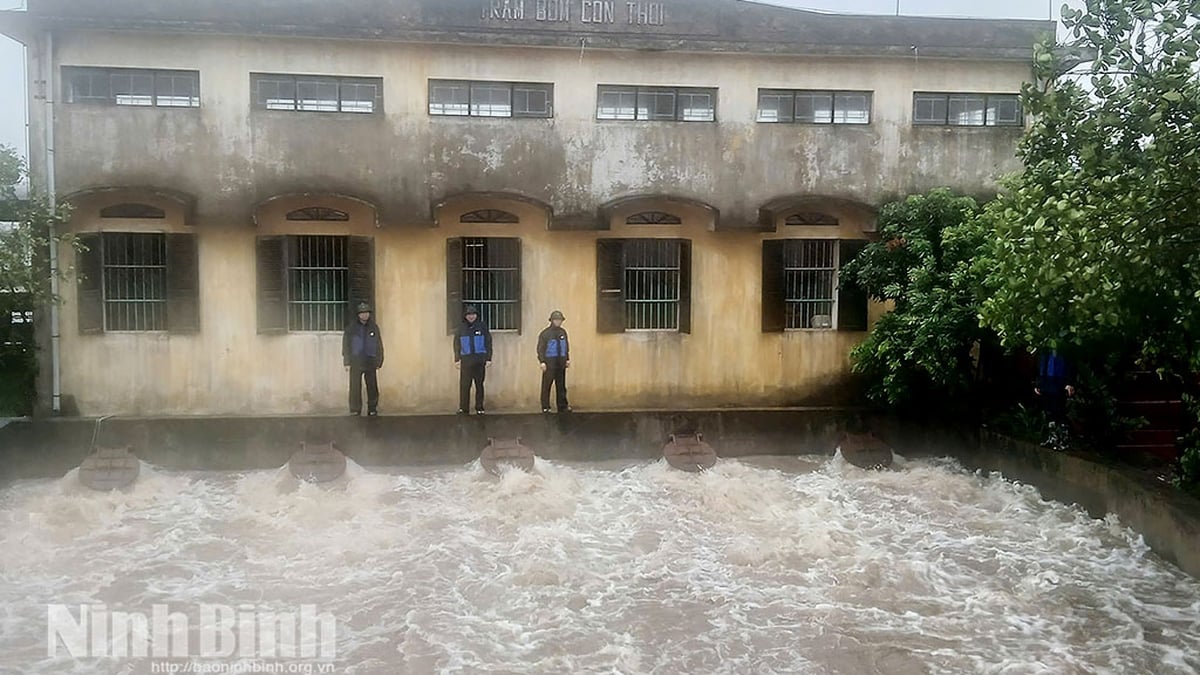





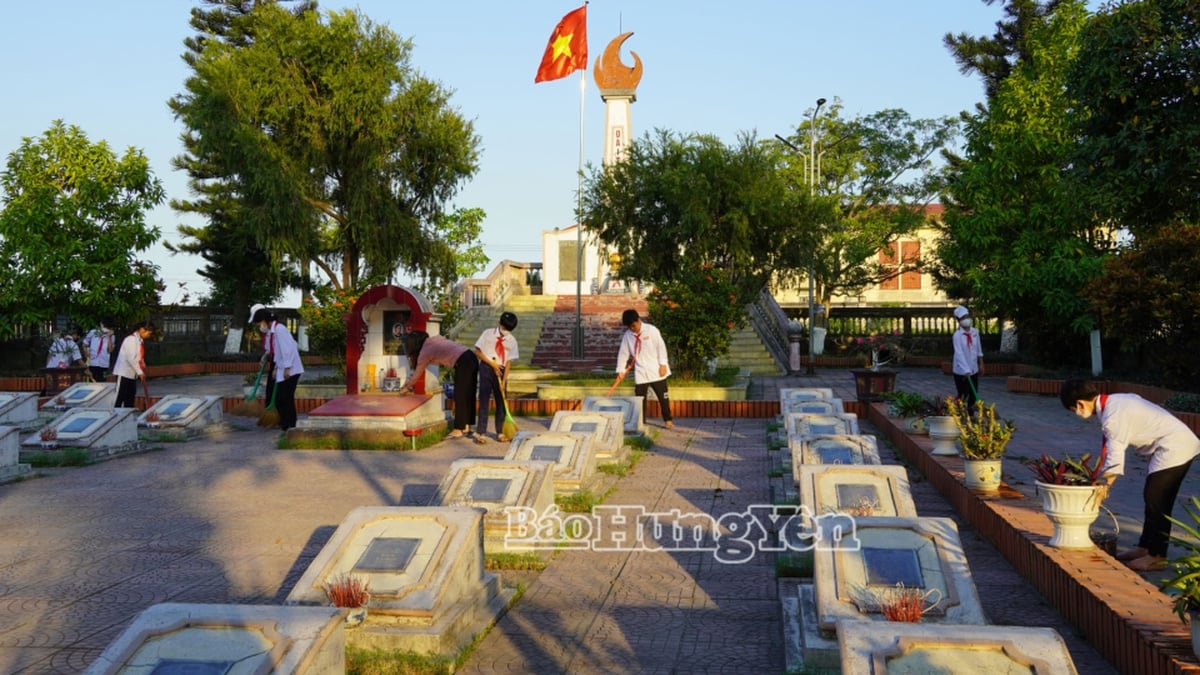





















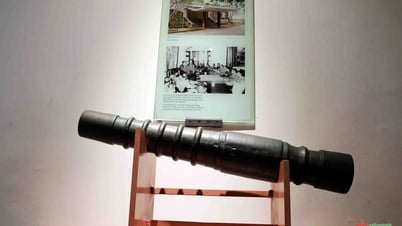





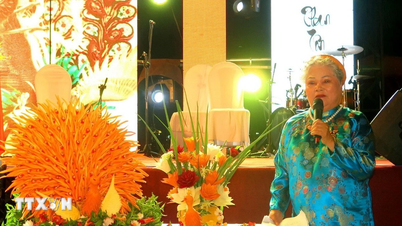























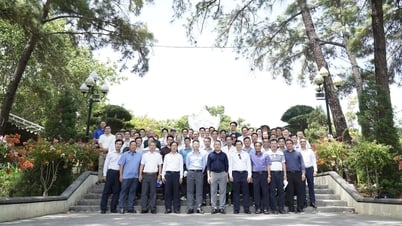

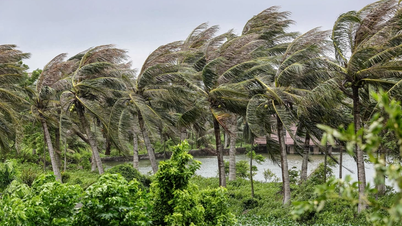

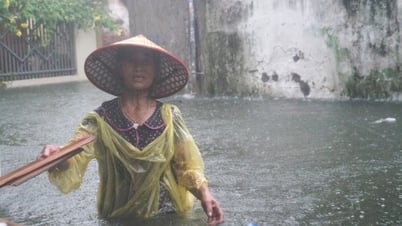
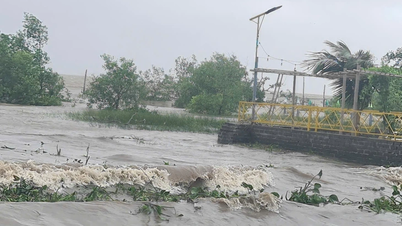






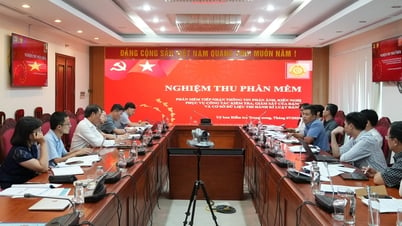



























Comment (0)